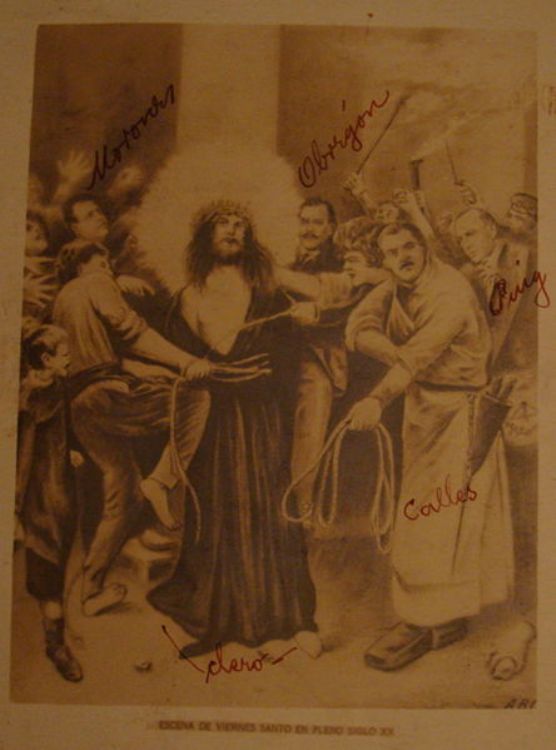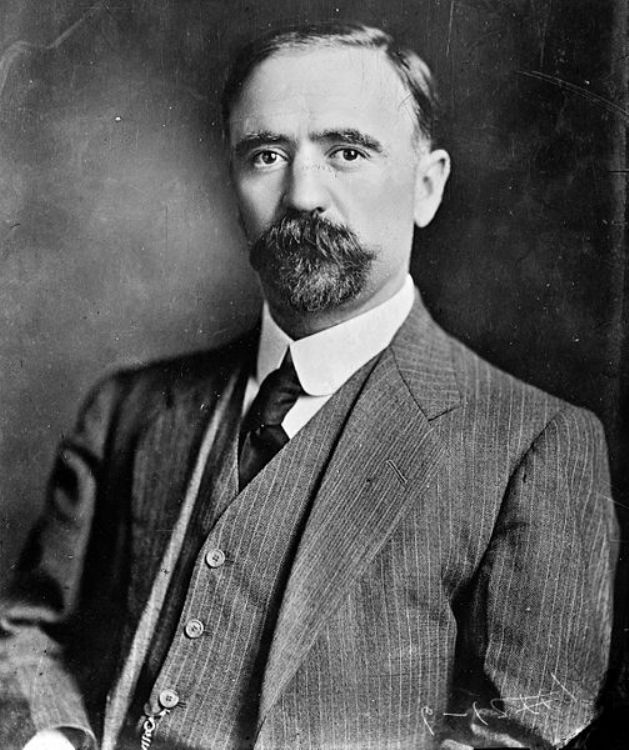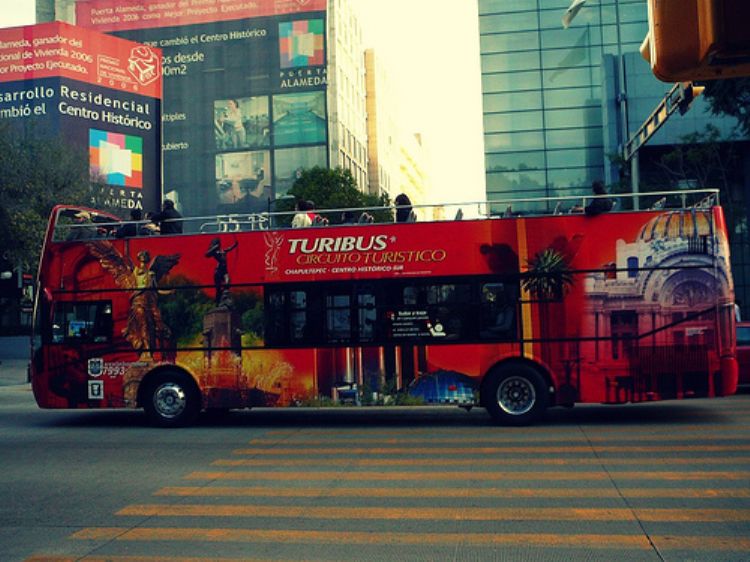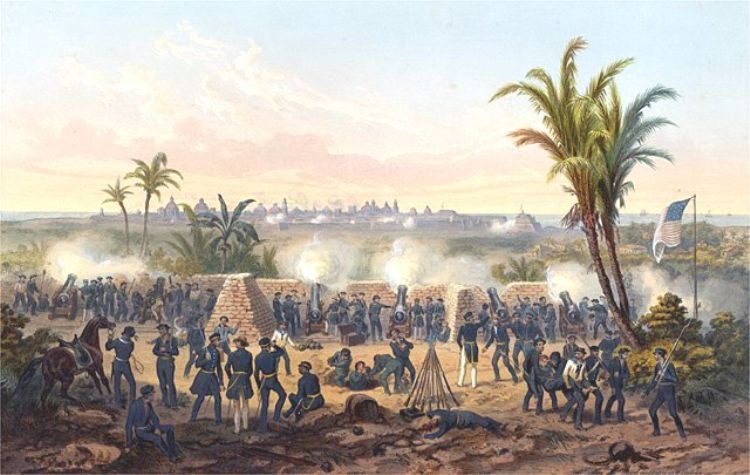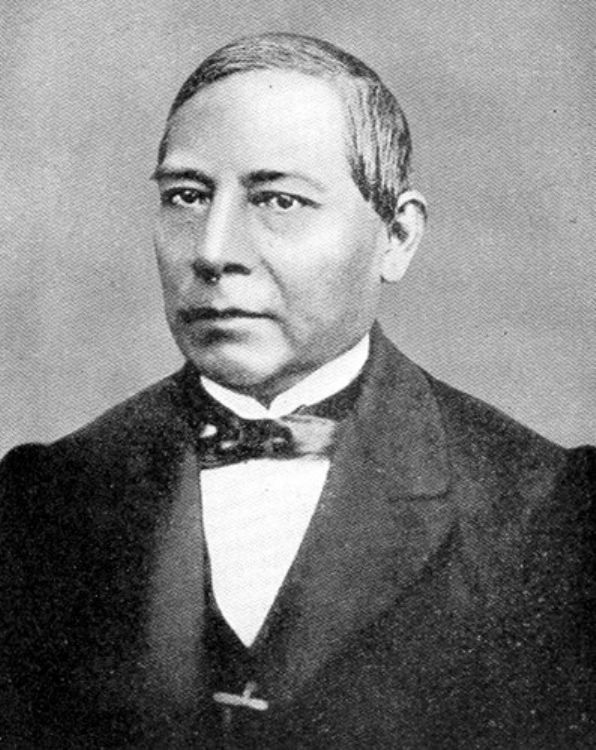Montezumaâs Headdress
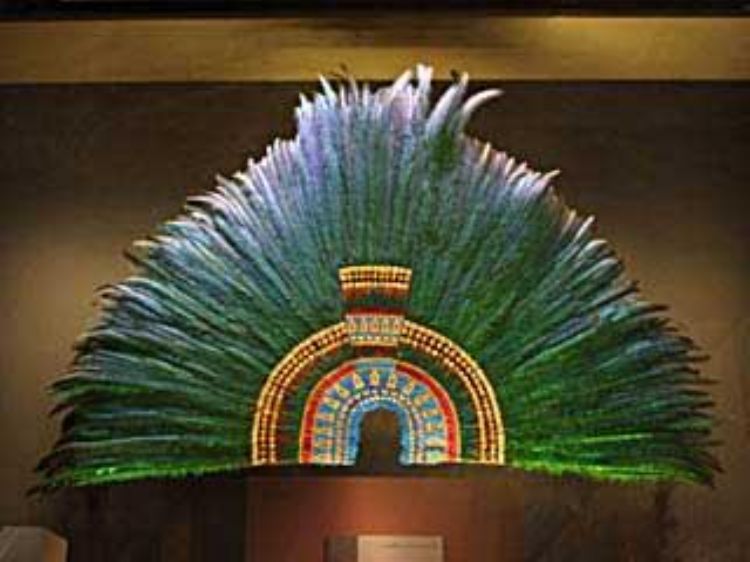
Is a headdress of feathers of the almost extinct quetzal and other birds, set in gold and precious stones like turquoise. Many people know that it is currently on display at the Museum of Ethnology in Vienna, where many true nationalists (and the not so true, also) are demanding its return to Mexico. However, this headdress has been in many places, being owned by many different people and/or organizations.
The history of this work of art made by the amantecas, begins when it was received by the Spaniards, (led by Hernan Cortez) as a gift from Montezuma Xocoyotzin, the Aztec Emperor. It was then made a part of those gifts that were to be given to King Charles V. The description given shows the headdress as we have it today: A large piece of colored feathers on the area where the head sets, with a height of 116 centimeters and 175 in diameter, and sixty-eight pieces of gold in it.
It has been part of several private collections of nobles and museums as well; has âtraveledâ to several countries with its owners and disappeared from public view from 1817 up until 1878, when it was found in a warehouse. Given the neglect and abuse it had gone through, it was necessary to restore it. The moth had eaten some feathers, some of the gold rings had been lost and some of the strings in the back were loose.
With the exception of the near 400 Quetzal feathers that was used for ornamental purposes in the Old World, the feathers of the headdress were replaced by other feathers from birds different to the original, since in Europe there were no birds as the ones âusedâ in the past, either they were simply too rare or were already extinct (amongst these birds were the Piaya, roseate spoonbill, flamingo, and the cuckoo). Its center retains Xiuhtototl blue feathers. The gold rings were replaced by brass and the strings could not return to their previous form. The restoration was led by Zelia Nuttal, from the Peabody Museum at Harvard.
During World War II the headdress was placed in the room devoted to American culture. It has remained there, and its being admired as a representation of the greatness of the old Mexica Culture. In 1958 the then Financial Secretary Raul Noriega ordered a faithful reproduction, where the technical processing of the feathers and the gold used in its decoration, was respected. Such work of art is on display at the Museo Nacional de Historia, (National Museum of History) in México.
Presently, the headdress is the center of views, discussions and negotiations by the governments of Austria and Mexico, since itâs been requested its return to Mexico, however, this request hasnât been made by the government, since neither the Mexican, nor the Austrian president (who actually have no authority over cultural heritage) have discussed the matter. However, the headdress has been part of a national campaign which calls for the return of objects of Mesoamerican cultures to their places of origin.
Amongst the people who have made this petition, is the dancer Ixokonoschtletl Gomora, who has led dances in front of the Vienna museum, to demand the return of the headdress, as he considers it is a symbol of the Mexican culture and as such, must be on national soil.
Both the "original" piece and the one on display, stand out for their beauty. The Austrian exhibition is valued at $ 50 million dollars, despite its deterioration. Thereâs also a doubt as to whether the Aztec emperor ever used it or not. Although the final destination of the piece is uncertain, it is clear that while still in Austria, it will dazzle the Europeans for its majestic representation of the quetzal.
Artículo Producido por el Equipo Editorial Explorando México.
Copyright Explorando México, Todos los Derechos Reservados.

